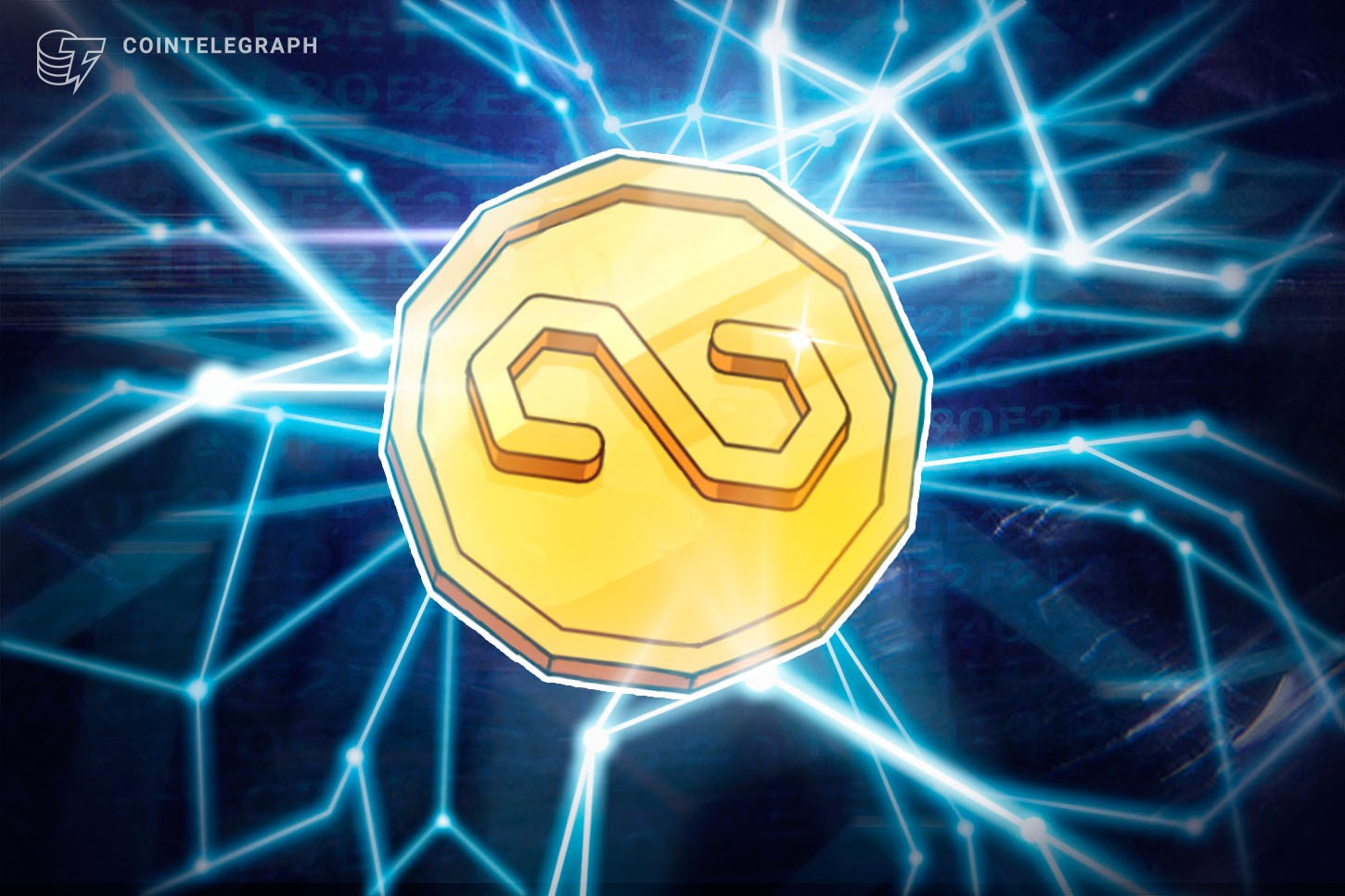Nike this fall launched .SWOOSH, a Web3-enabled platform aimed at creating a “new, inclusive digital community and experience.” Before that, Starbucks launched its foray into Web3, Starbucks Odyssey, a blockchain-based loyalty program. From Nike to Starbucks to Sony to Walmart, it’s clear that major brands see a big opportunity to be on the cutting edge of technology and evolve in a way that meets the demands of constant innovation in today’s culture.
While the Web2 era was all about growing customers, the Web3 era will be about growing a community. By giving people the ability to co-create digital collectibles, engage in immersive experiences and even earn royalties on NFTs, Web3 is a new way to build long-term loyalty and connection.
A big decision that every brand has to make is which technology providers to partner with. Much like deciding on a payment processor or app developer, choosing the right Web3 partners can either greatly accelerate or hinder an organization’s progress.
Reddit certainly selected the right partner when it picked Polygon to power its NFT launch this year. Today, Reddit has more than 3 million collectible avatar holders and artists have received more than $60,000 in royalties from secondary market sales. By working with Polygon, Reddit was able to tap into the massive Ethereum community (Polygon is an Ethereum scaling solution), and thereby the user base of OpenSea, the world’s largest NFT marketplace.
On the flip side, Marvel’s NFT venture with Veve — an NFT company using the little-known, GoChain network — struggled a bit more. In November 2021, Veve addressed issues with inefficiencies, scaling and interoperability, and said it would be moving to Immutable X. In March, Veve was forced to shut down its marketplace after an exploit resulted in millions of in-app tokens being acquired illegally.
For brands, choosing the right blockchain integration partner for a Web3 offering comes with a whole new set of questions and considerations outside the typical cost/benefit analysis. Here are a few things that every brand should consider when choosing a blockchain.
Does the blockchain have a strong infrastructure?
A blockchain should be three things: fast, secure and scalable. While just about every network makes these promises, few are widely adopted and battle-tested. One of the easiest ways to get a general idea of what a network is currently handling is with a quick look at CoinMarketCap.com. There you can compare 24-hour trading volume between larger projects and other smaller projects. This can give you an idea of the use of the protocol/infrastructure.
Before your brand decides to build on a blockchain network, you should be sure it meets your infrastructure needs. Is the network fast enough to keep up with what your customers expect? Do projects building on it have a track record of operating safely, without hacks or exploits? Lastly, can it scale to meet the number of users you envision using your product as it grows?
To find these things out, check to see which other projects are building on it and what their user feedback has been like. Research how long other projects have been using each chain, and if they’ve communicated any successes or failures. Steady, consistent growth in terms of participation, wallets downloaded, NFTs collected, etc., is generally a good sign. Whereas a project going quiet after its Web3 launch, experiencing downtime/exploits or sharing plans to migrate to a different blockchain could be a bad sign.
It’s also important to ensure that stakeholders on your development team are included in the discussion as they will be building using that blockchain and working directly with it the most. Their expertise will be valuable in this consideration.
Does the blockchain have a strong community?
Every major blockchain project has a community of supporters. These communities, which include developers, investors and NFT collectors, play a big role in the narrative around Web3.
Most importantly: They’re (mostly) real people. If a brand wants to get into Web3, it should explore which community it wants to be a part of, and spend some time deepening its understanding of various blockchain sub-communities through Reddit, Discord and Twitter. By understanding a network’s core user base, a brand can better anticipate how it will be received when it makes its foray into the Web3 space.
Is the blockchain environmentally friendly?
Since “The Merge” reduced the Ethereum network’s energy usage by a significant percentage, a major criticism against the #1 network for NFTs has been reduced. But Ethereum still may not be the most environmentally friendly solution for Web3 applications.
For climate-conscious brands, it’s more important than ever to align themselves with like-minded partners and technology providers. Part of that means investigating a chain’s approach to sustainability when deciding where to build. It is worth taking the time to research which blockchains were built with efficiency in mind, and what their approach is to minimizing their environmental footprint — whether through carbon offsetting or other means.
Choosing a chain
The blockchain ecosystem is extremely welcoming to newcomers, from small startups to big brands with global reach. By researching a blockchain’s technology infrastructure, community and environmental impact, brands can be well-positioned to make the right decision about which network to partner with and build with for years to come.
Molly Glennon is the Head of Crypto at Ditto PR.
This article was published through Cointelegraph Innovation Circle, a vetted organization of senior executives and experts in the blockchain technology industry who are building the future through the power of connections, collaboration and thought leadership. Opinions expressed do not necessarily reflect those of Cointelegraph.


